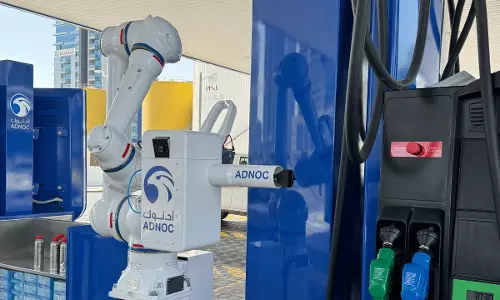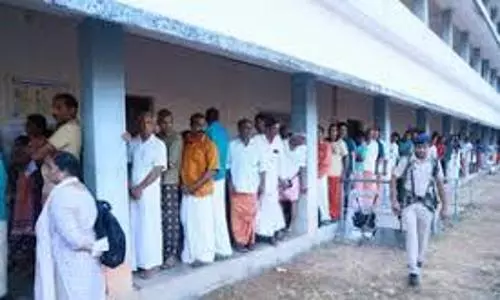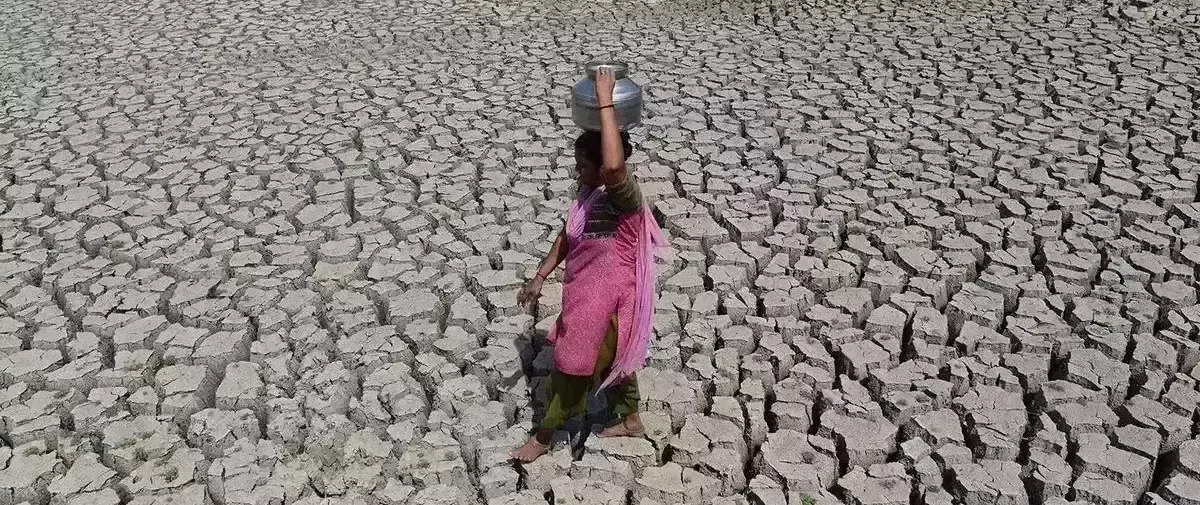
Increased bouts of droughts in India, South Asia: Report
text_fieldsNew Delhi: Scientists flagged increasing bouts of drought across India and South Asia based on the IPCC's (Intergovernmental Panel on Climate Change) Sixth Assessment Report (SAR), reports IANS. The IPCC's SAR of the Working Group I (AR6WGI) titled "Climate Change 2021: The Physical Science" released on Monday has warned about an increase in monsoon precipitation extremities.
The predicted drought phenomenon is due to the rising temperatures towards the second half of the 21st century, which leads to increased variations in monsoon precipitation, the scientists said, citing the IPCC report.
The new report has a dedicated chapter for water cycles, which is a first. The chapter includes a detailed description of monsoon in South Asia and South-East Asia among other five monsoonal regions worldwide such as North American Monsoon, West African Monsoon, East Asian Monsoon, South American Monsoon and Australian & Maritime Continent Monsoon.
One of the authors of the IPCC report, Raghavan Krishnan, told the media that there would be spells of heavy rainfall and drought with the increasing variability in precipitation. The temperature will be warmer, increasing evapo-transmission demand, he said. Raghavan is the Executive Director at the Centre for Climate Change Research (CCCR) of the Indian Institute of Tropical Meteorology (IITM), Pune.
He further said that even when there would be a lot of precipitation and increased soil moisture, the increase in temperature will lead to increased evapo-transmission and huge moisture fluctuations.
The report mentioned a total weakening of the South Asian Monsoon in the second half of the 20th century. Raghavan said that results from climate models indicate that anthropogenic aerosol forcing has dominated the recent decrease in summer monsoon precipitation against the expected intensification due to Green House Gases. Aerosols scatter and absorb solar radiation, reducing the energy available for surface evaporation and precipitation. Evapo-transmission also increases on land surfaces such as urban heat islands, leading to local convection, attracting more events.
The lead author of the chapter on 'Future Global Climate' in the report, Swapna Panickal, talked about the rising sea level and increased flooding.
For a first in India, the IITM Earth System Model (IITM_ESM) climate projections (CMIP6) were added in the IPCC AR6WG1 report.
The IPCC's AR6WG1 report is the most updated physical understanding of the climate system and climate change. The updates are derived by combining the latest advances in climate sciences and multiple lines of evidence from paleoclimate, observations, process understanding, global and regional climate simulations.
Even though global warming is known for decades, the latest report shows that the recently observed changes in the climate system are widespread, rapid and intensifying. Also, unprecedented in thousands of years.
The global temperature increased 1.1 degrees from 1850-1900, over the past years and past four decades were the warmest since pre-industrial times. The IPCC report predicts increased climate change. For 1.5 degrees Celcius of global warming, there will be an increase in intensity and frequency of heat waves, extreme precipitation and droughts.
























